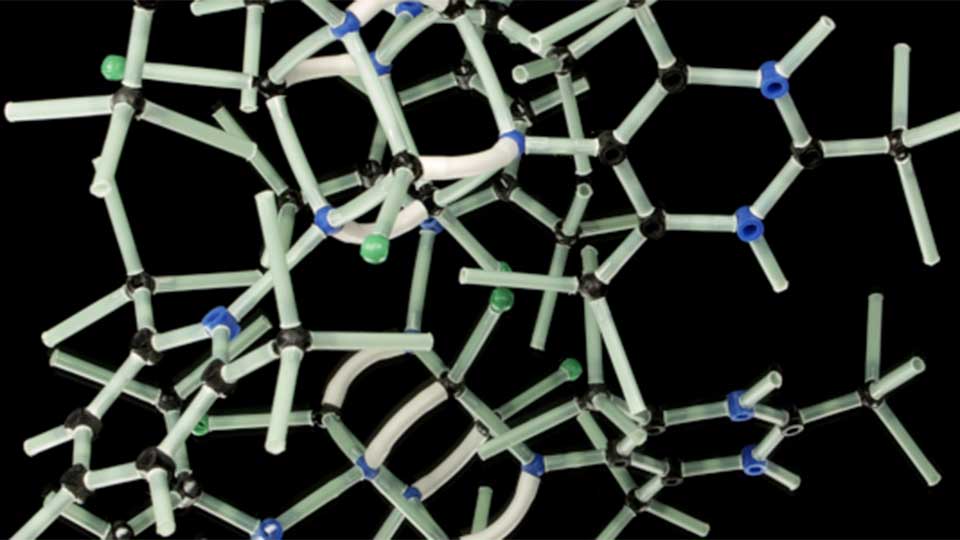Functionalised bacterial cellulose nanocomposite membranes as bioelectronics interfaces

ATRP combined with COP process to modify PANI coated BC with PVAN interlayer for enhanced electrical conductivity of bacterial cellulose nanocomposite membranes enabling potential bioelectronic interfaces.
Our aim
Bacterial cellulose (BC) fibres are chemically functionalized with poly(4-vinylaniline) (PVAN) interlayer for further enhancement of electrical conductivity and cell viability of polyaniline (PANI) coated BC nanocomposites. PVAN is found to have promoted the formation of a uniform PANI layer with nanofiber- and nanorod-like supramolecular structures, as an overall augmentation of PANI yield.
Compositional and microstructural analysis indicates a PVAN/PANI bilayer of approximately 2 μm formed on BC. The solid-state electrical conductivity of such synthesized BC nanocomposites can be as high as (4.5 ± 1.7) × 10−2 S cm−1 subject to the amounts of PVAN chemically embraced.
BC/PVAN/PANI nanocomposites are confirmed to be thermally stable up to 225°C, and no signs of cytotoxicity for SVZ neural stem cells are detected, with cell viability up to 90% on BC/PVAN/PANI membranes. The results obtained suggests prospective for future developments, and this has been demonstrated in terms of construction of cellulosic-based bioelectronic devices for the nervous system, which may be extended to a wide range of possible application with the conductive PVAN/PANI coatings on BC.
We envisage these new electrically conductive BC/PVAN/PANI nanocomposites can potentially enable various biomedical applications, such as for the fabrication of bioelectronic interfaces and biosensors as future healthcare technologies.
Our research
We have optimized our newly developed BC/PANI synthesis process with PVAN interlayer, followed by detailed characterization through electroconductive measurements (4-probe method), morphology (SEM/HRTEM-EDS), chemical structure (XPS) and thermal analysis (TGA). The research has enabled the development and understanding of the properties offered by the newly modified BC nanocomposites with PVAN interlayer.
In addition, the cell viability was examined with neural stem cells for possible neural interfaces in the future.
Our outcomes
Polymerisation process to incorporate PVAN/PANI bilayer can be chemically controlled and optimized to achieve the desirable properties. It has been found that the polymerisation with higher VAN monomer contents, and higher HCl and aniline concentrations for extended reaction time yielded a higher electrical conductivity of the BC/PVAN/PANI nanocomposites.
Cell viability tests have indicated there had been no visible signs of cytotoxicity for SVZ cells after 7 days of culture, which is crucial in terms of building any potential bioelectronic interfaces. Furthermore, the PVAN/PANI coated BC nanocomposites were proven to be thermally stable up to 225oC confirming their suitability for both electronics and body environments.
These novel BC/PVAN/PANI nanocomposites can be particularly applicable to nervous systems, such as those require delicate neural interfaces, biosensors, displays and smart drug-delivery systems.
Project lead: Professor Changqing Liu
This collaborative research has been initiated and undertaken through an international cross-disciplinary partnership with the University of Applied Sciences Kaiserslautern (Germany) and Huazhong University of Science and Technology (China).